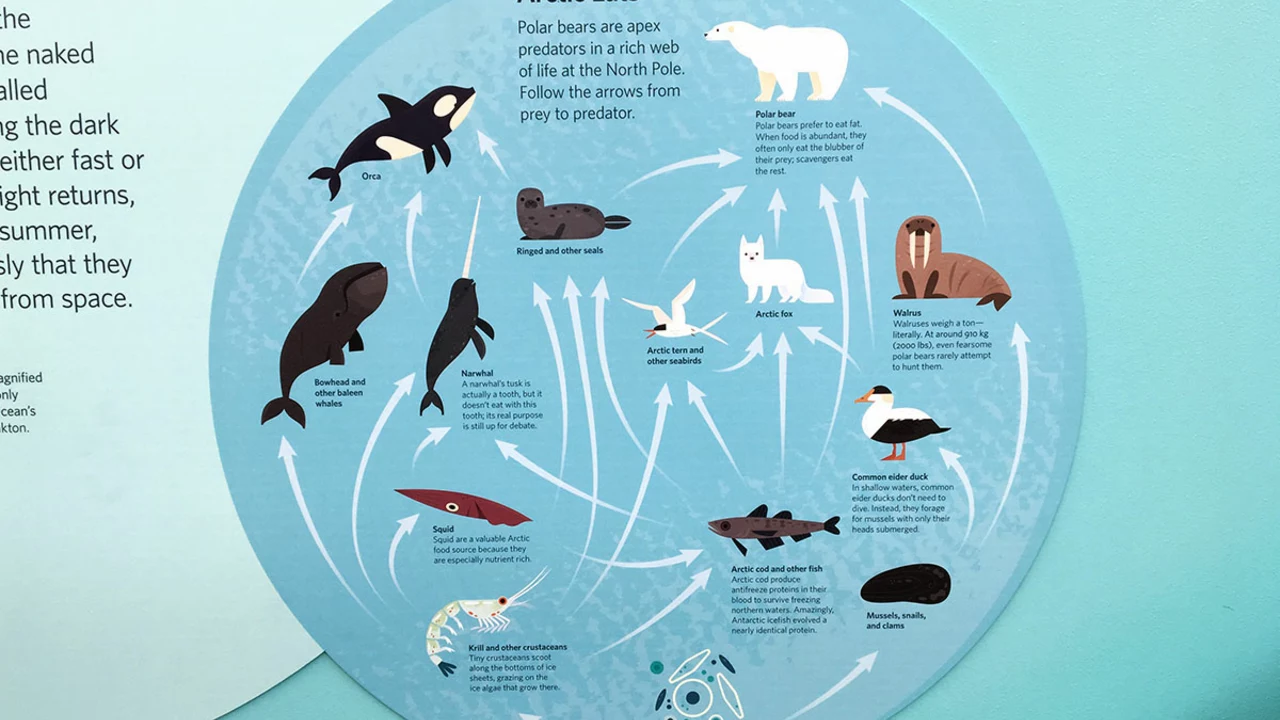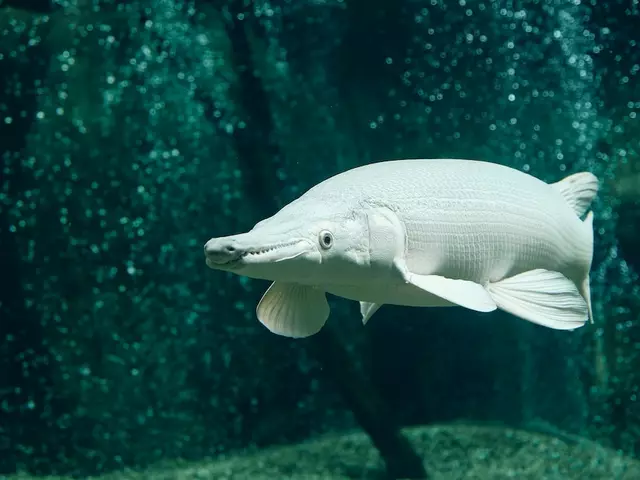Which animals travel the most each day?

Marvels of Migration: The Animal Kingdom's Greatest Travelers
As a blogger, I often find myself drawn to the wonders of the natural world. One aspect that never ceases to amaze me is the extraordinary distances that some animals travel each day. This isn't your average commute to work, school, or the grocery store. We're talking about migratory movements that span hundreds, even thousands, of miles. These journeys are a testament to the amazing adaptations and sheer determination of these creatures. And today, I want to share with you some of the animals that hold the record for the longest daily travels.
The Incredible Journeys of Birds
When it comes to long-distance travel, birds are the uncontested champions. The Arctic Tern, for instance, migrates from its Arctic breeding grounds to the Antarctic and back again each year, covering an astonishing 25,000 miles. This tiny bird experiences two summers annually and more daylight than any other creature on the planet. A close second is the Sooty Shearwater, which travels up to 40,000 miles a year in a figure-eight pattern across the Pacific Ocean.
The Bar-tailed Godwit also deserves a special mention. This bird holds the record for the longest non-stop flight, traveling around 7,000 miles from Alaska to New Zealand without a single break. This journey takes about nine days, during which the bird does not eat, drink, or sleep. These incredible feats are a testament to the endurance and navigational skills of these avian adventurers.
Marine Mammals: Oceanic Nomads
Let's dive underwater now, where marine mammals embark on their own epic voyages. The Humpback Whale, for instance, migrates up to 5,000 miles each year from its breeding grounds in tropical or subtropical waters to its feeding grounds in polar waters. These journeys, among the longest of any mammal, are driven by the need to find abundant food sources and safe spaces to raise their young.
But even the Humpback's impressive journey is dwarfed by that of the Gray Whale, which travels up to 12,000 miles from the Arctic to Mexico and back again each year. This migration is not only one of the longest but also one of the most dangerous, with threats ranging from killer whales to man-made hazards such as ship strikes and entanglement in fishing gear.
On the Move: Land Mammals and their Incredible Travels
On land, the title of the greatest traveler goes to the Caribou, also known as the reindeer. These hardy creatures travel up to 3,000 miles annually across the tundra in North America and northern Europe. Their migration, which involves crossing rivers and mountains, is the longest terrestrial migration on the planet and is driven by the need to find fresh grazing and calving grounds.
In Africa, the annual Wildebeest migration is one of nature's most spectacular events. Each year, over a million wildebeests, along with hundreds of thousands of zebras and gazelles, travel around 1,800 miles in a circular route through Tanzania and Kenya. This migration is driven by the rains, which trigger the growth of fresh grass, and is fraught with danger from predators and river crossings.
Insects: Small Creatures, Big Journeys
Last but not least, let's turn our attention to the insect world. While they may be small in size, some insects embark on remarkable journeys that would be daunting for creatures many times their size. The Monarch Butterfly, for instance, travels up to 3,000 miles each year from Canada to Mexico. This journey is unique because it spans multiple generations, with each generation traveling a part of the journey before laying eggs and dying, and the next generation continuing the journey.
The Desert Locust also deserves a mention. These insects can travel up to 95 miles in a single day in search of food, driven by their insatiable appetite. These migrations can involve billions of locusts and pose a significant threat to agriculture in the regions they pass through.
It's fascinating to see how different species have evolved to undertake these incredible journeys. Whether it's birds flying thousands of miles non-stop, whales traversing entire oceans, or insects navigating vast distances, these animals are a testament to the wonders of nature and the power of adaptation. As we continue to explore and learn about these amazing creatures, we gain a deeper appreciation for the natural world and our place within it.



Write a comment